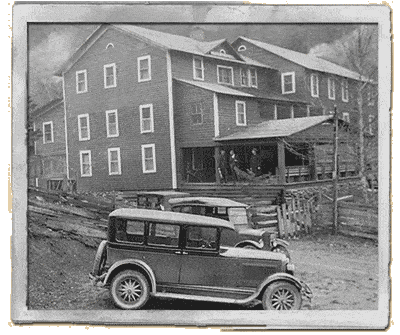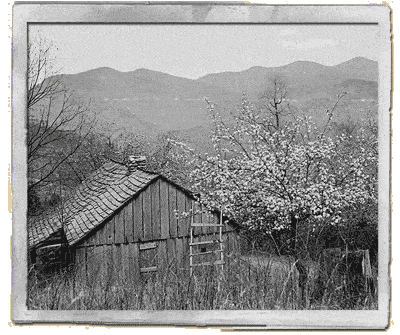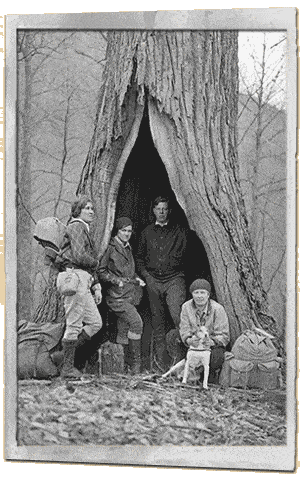Settled in the early 1800s, Gatlinburg was first named White Oak Flats for the abundant native white oak trees that covered the landscape. It is believed that a middle-aged widow, Martha Jane Huskey Ogle, was the first official settler here. She came with her family to start a new life in what her late-husband described as a “Land of Paradise” in East Tennessee. Soon after, such now familiar family names as McCarter, Reagan, Whaley and Trentham took up residence along local streams and hollows.
GATLINBURG HISTORY

Nestled in the valley of the Little Pigeon River’s West Fork and surrounded on three sides by the Great Smoky Mountains National Park, Gatlinburg has evolved from a rural hamlet to a thriving gateway community.
Originally called White Oak Flats, there are many stories surrounding the Gatlinburg history of how the city got its name, all involving a controversial figure.
In 1854, Radford C. Gatlin arrived in White Oak Flats and opened the village’s second general store. Controversy soon surrounded him, and he was eventually banished from the community. However, the city still bears his name. As a self-sustaining community, Gatlinburg changed little in the first 100 years.
When the Civil War erupted, some locals joined the Union, while others the Confederacy. But, in general, the mountain people tried to remain neutral. Although only one Civil War skirmish was fought in Gatlinburg, countless raids were made by both sides to gather vital resources needed to sustain the war effort. As with much of the South, deprivation and hardship persisted long after the war.


In the early 1800s, education came to the area in the form of subscription schools, where parents paid for each child’s education.
It was not until 1912 that a public settlement school was formed in Gatlinburg. Created by the Pi Beta Phi Fraternity, the school not only provided academic and practical education, it also contributed to a rebirth of Appalachian arts and crafts and the “cottage craft industry” movement.
With the formation of the Great Smoky Mountains National Park, tourism boosted the area’s economy.
Many of the displaced mountain families moved into town, either developing new enterprises or taking jobs in new hotels, restaurants and service facilities to meet the needs of the burgeoning tourist industry. Progress slowed considerably during World War II. But, by war’s end, tourists returned with a vengeance, and the sleepy little village of Gatlinburg expanded to meet the demands. Incorporated in 1945, it has since developed into a four-season resort and convention mecca.
Along with this growth and expansion commercially, Gatlinburg has retained its rich history of being the gateway to hiking in the Smokies, as we see in the picture to the left. The Bearskin Lodge, located right on the edge of the Great Smoky Mountains National Park, is a great place to stay for anyone who wants to explore the trails, whether young or old.
Our hotel is proud to be associated with the people and Gatlinburg history.

